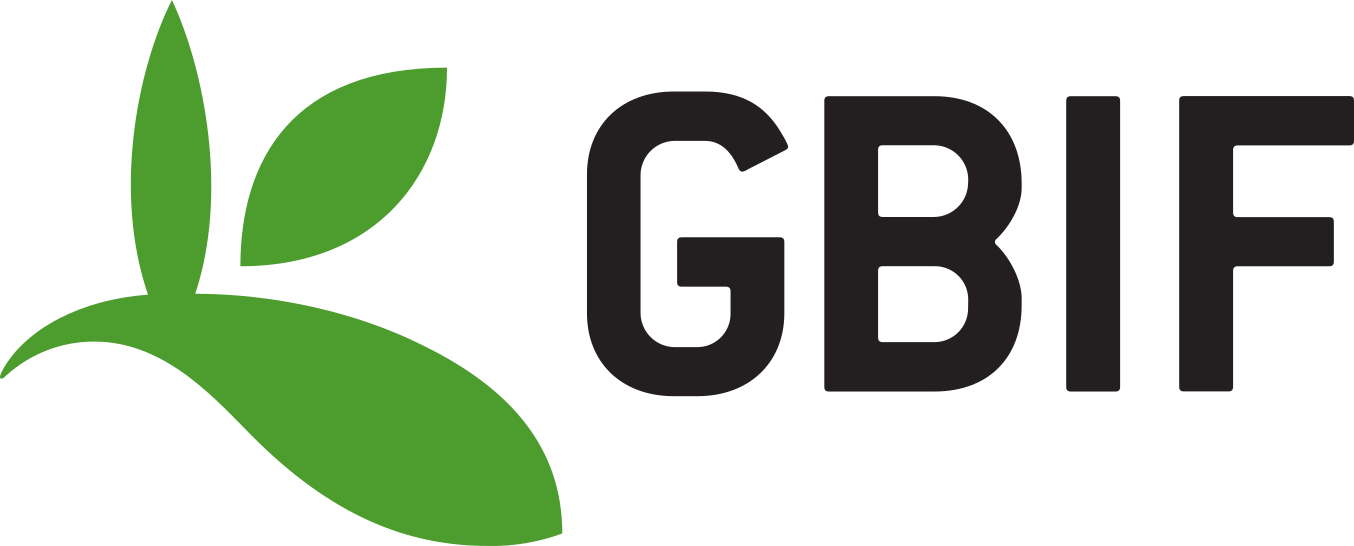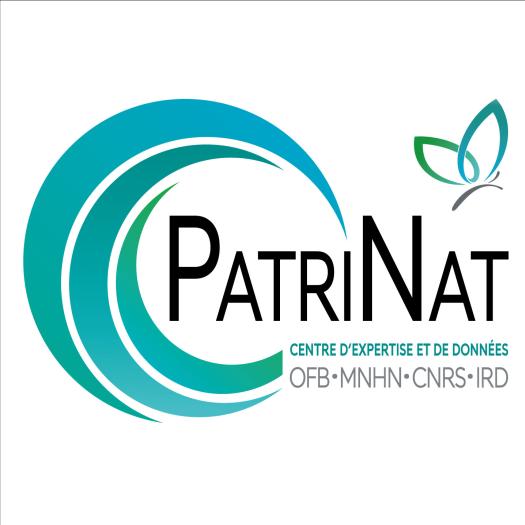Où cette espèce a-t-elle été observée ?
 Attention : cette espèce peut être présente où il n’y a pas de maille, mais à ce jour elle n’y a pas encore été observée.
Attention : cette espèce peut être présente où il n’y a pas de maille, mais à ce jour elle n’y a pas encore été observée.
- 13 observations
-
7
communes -
7
observateurs
9
organismes -
Première observation
1975 -
Dernière observation
2021
Appenai-sous-Bellême - Chapelle-Guillaume - Digny - Longny les Villages - Moutiers-au-Perche - Perche en Nocé - Rémalard en Perche
-
UMS PatriNat (OFB-CNRS-MNHN)
Participation à 5 Observations
Part d'aide à la prospection : 38.46 %
Fiche organisme
-
Ministère de la Transition écologique et de la Cohésion des territoires
Participation à 5 Observations
Part d'aide à la prospection : 38.46 %
Fiche organisme
-
Eure-et-Loir Nature
Participation à 1 Observation
Part d'aide à la prospection : 7.69 %
Fiche organisme
-
Société d'études ornithologiques de France (SEOF)
Participation à 1 Observation
Part d'aide à la prospection : 7.69 %
Fiche organisme
-
DREAL Centre-Val de Loire
Participation à 1 Observation
Part d'aide à la prospection : 7.69 %
Fiche organisme
-
France Nature Environnement Centre-Val de Loir
Participation à 1 Observation
Part d'aide à la prospection : 7.69 %
Fiche organisme
-
Muséum national d'Histoire naturelle (MNHN)
Participation à 1 Observation
Part d'aide à la prospection : 7.69 %
Fiche organisme
Informations espèce
Répartition actuelle en France métropolitaine
© INPN - Avertissement : les données visualisables reflètent l'état d'avancement des connaissances et/ou la disponibilité des données existantes au niveau national : elles ne peuvent en aucun cas être considérées comme exhaustives.
Répartition actuelle dans le monde
Avertissement : les données visualisables reflètent l'état d'avancement des connaissances et/ou la disponibilité des données existantes au niveau mondial : elles ne peuvent en aucun cas être considérées comme exhaustives.












